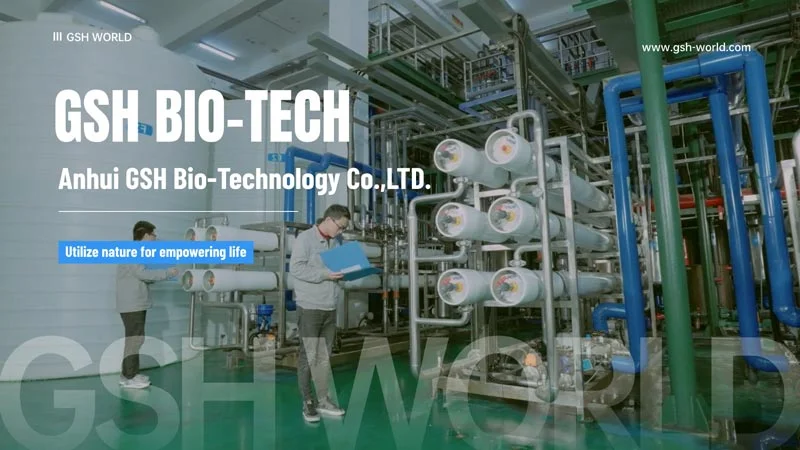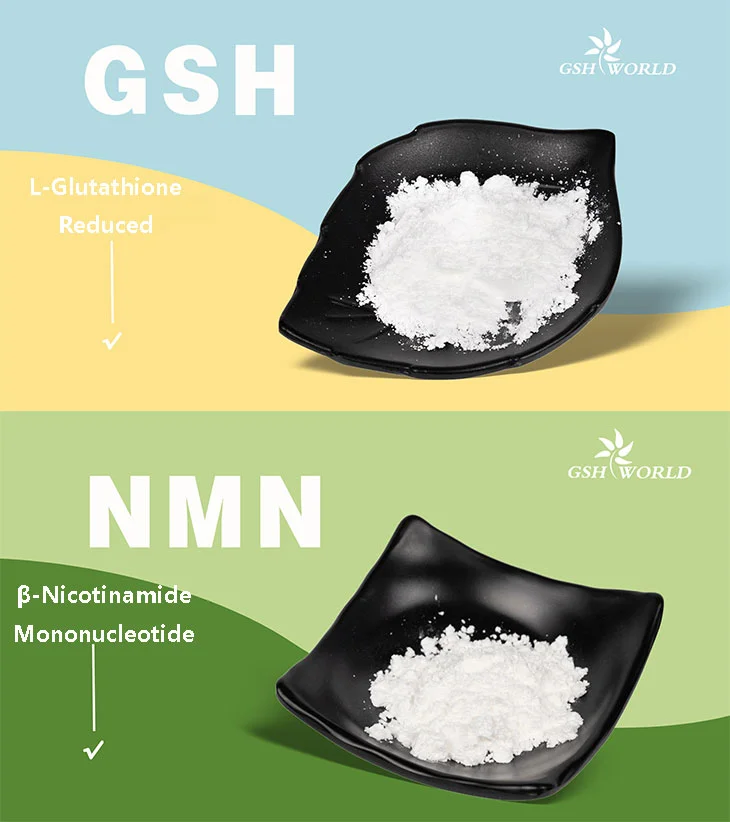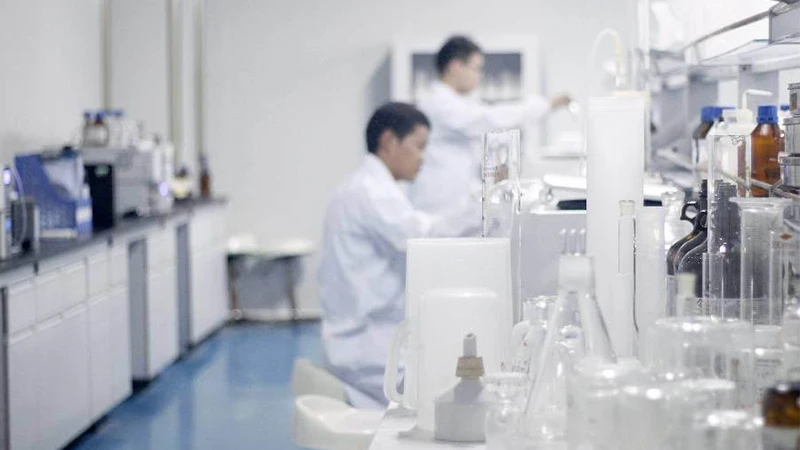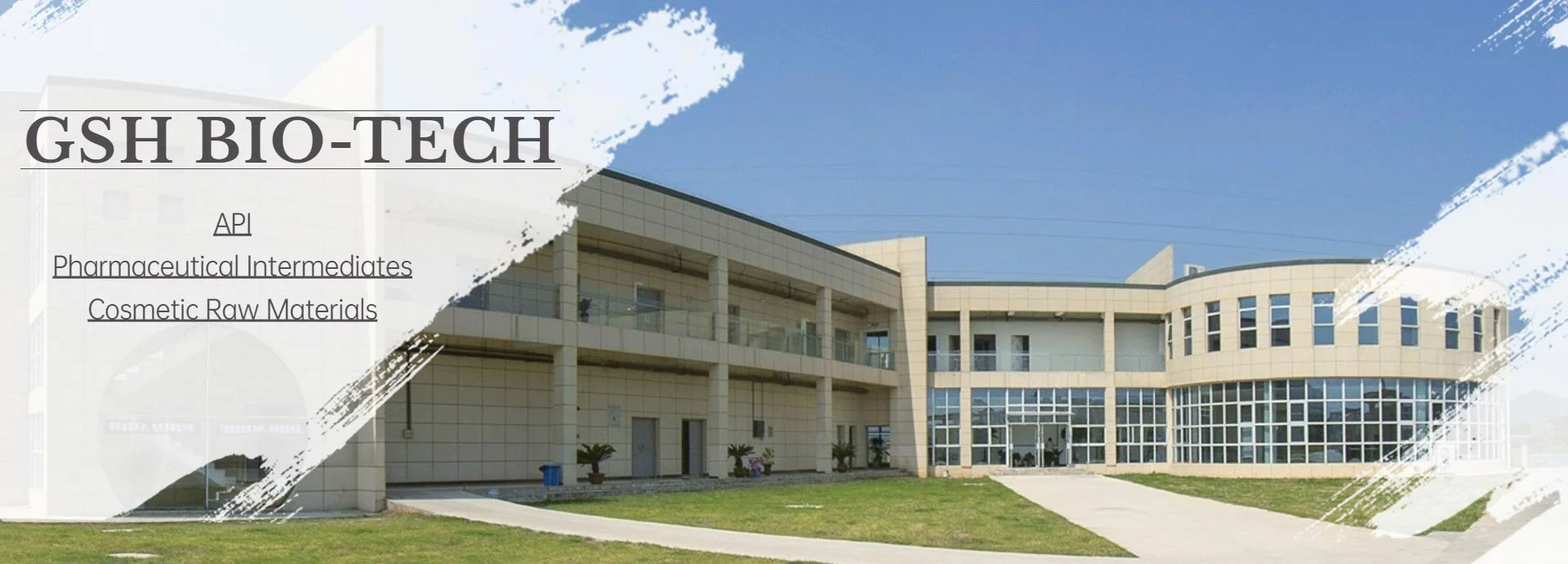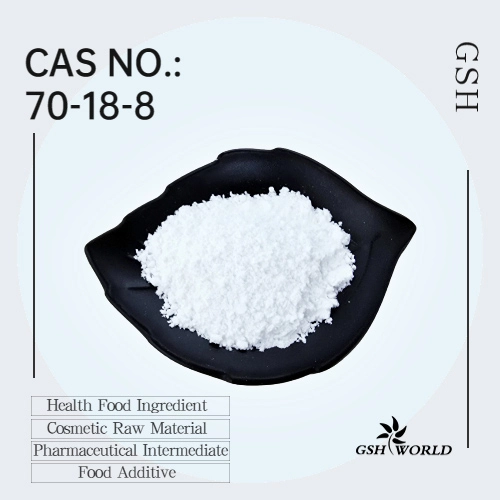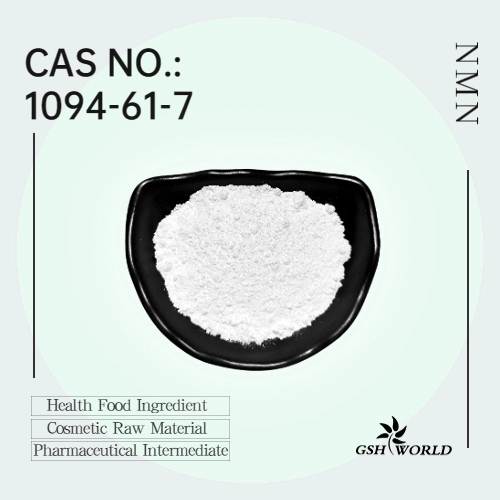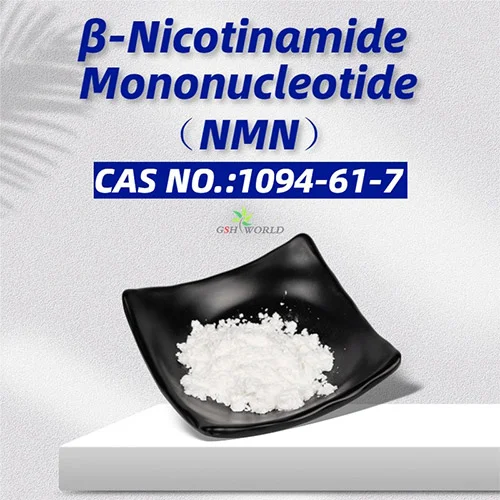An Introduction to Nicotinamide Mononucleotide (NMN) API
Nicotinamide Mononucleotide (NMN) is a nucleotide derived from ribose and nicotinamide. It is a precursor of nicotinic acid adenine dinucleotide (NAD+), a coenzyme that plays a vital role in various metabolic processes, such as energy production, DNA repair, gene expression, and cellular signaling. NMN has been studied as a potential neuroprotective and anti-aging agent in animal models, as it can increase NAD+ levels and activate sirtuins, a family of enzymes that regulate lifespan and healthspan. NMN is also found in various foods, such as broccoli, cabbage, avocado, tomato, and beef.
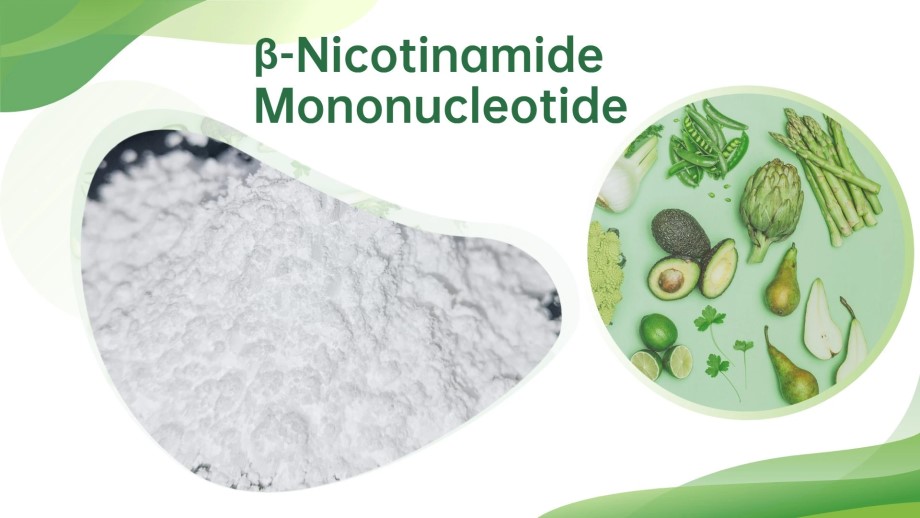
NMN Synthesis and Transport
NMN can be synthesized from nicotinamide (NAM) or nicotinamide riboside (NR), two forms of vitamin B3. NAM is converted to NMN by nicotinamide phosphoribosyltransferase (NAMPT), an enzyme that catalyzes the transfer of a phosphoribosyl group from 5-phosphoribosyl-1-pyrophosphate (PRPP) to NAM. NR is phosphorylated to NMN by nicotinamide riboside kinase (NRK), an enzyme that catalyzes the transfer of a phosphate group from adenosine triphosphate (ATP) to NR.
NMN can enter cells through different pathways. In some cells, NMN has a membrane transporter that can directly transport NMN into the cytoplasm. This transporter is called Slc12a8, which is a sodium-dependent amino acid and polyamine transporter that has high selectivity for NMN. Slc12a8 was identified in the small intestine of mice, where it mediates the rapid uptake of oral NMN and its conversion to NAD+. Alternatively, NMN can be dephosphorylated to NR by CD73, an ectoenzyme that hydrolyzes nucleotides. NR can then enter cells through equilibrative nucleoside transporters (ENTs) and be rephosphorylated to NMN by NRK.
NMN Functions and Benefits
NMN mainly exerts its effects by being converted to NAD+, which is involved in thousands of biochemical reactions in the body. NAD+ levels decline with age, which is associated with various diseases and disabilities, such as hearing and vision loss, cognitive and motor impairment, immune deficiency, autoimmune inflammation, metabolic disorders, and cardiovascular diseases. Therefore, supplementing NMN can increase NAD+ levels and delay, improve, or prevent age-related phenotypes or age-induced metabolic dysfunctions.
Some of the functions and benefits of NMN are:
NMN regulates circadian rhythm by modulating NAD±dependent deacetylases called sirtuins. Sirtuins can deacetylate BMAL1 and PER2, two clock proteins that regulate the expression of genes involved in the biological clock. Sirtuins also regulate the expression of NAMPT, the rate-limiting enzyme for NAD+ synthesis. By influencing sirtuin activity, NAD+ can affect the circadian rhythm and metabolism.
NMN protects the nervous system by enhancing NAD+ levels and sirtuin activity. Sirtuins play important roles in neuronal development, synaptic plasticity, memory formation, and neuroprotection. Sirtuins can also modulate the expression of microRNAs that regulate genes involved in neuronal function, such as CREB and BDNF. NMN has been shown to improve cognitive function, prevent neurodegeneration, and promote neurogenesis in animal models of Alzheimer’s disease, Parkinson’s disease, and stroke.
NMN inhibits cancer growth by increasing NAD+ levels and sirtuin activity. Excess NAD+ can promote mitochondrial respiration and reduce glycolysis, counteracting the Warburg effect that characterizes cancer metabolism. Sirtuins can also suppress tumor growth by downregulating β-catenin signaling and glycolysis. However, there are also concerns that increasing NAD+ levels may facilitate DNA repair and angiogenesis in cancer cells, which may help them survive and proliferate. Therefore, further studies are needed to evaluate the effects of NMN supplementation on cancer models.
NMN improves liver function by increasing NAD+ levels and sirtuin activity. Sirtuins can protect the liver from fat accumulation, fibrosis, and insulin resistance, which are associated with fatty liver disease. NAMPT is a key regulator of NAD+ synthesis and liver metabolism. Inhibiting NAMPT can worsen fatty liver induced by a high-fat diet, while overexpressing NAMPT can improve lipid accumulation. This regulation is mediated by the deacetylation of SREBP1, a transcription factor that controls the expression of lipogenic genes.
NMN API Production and Quality
NMN API (active pharmaceutical ingredient) is the raw material for producing NMN supplements or drugs. NMN API production requires high standards of quality, purity, and safety. NMN API should be free of contaminants, such as heavy metals, microorganisms, residual solvents, and impurities. NMN API should also have a high degree of stability and bioavailability.
GSHWORLD is a leading manufacturer and supplier of NMN API in China. GSHWORLD has a state-of-the-art facility that complies with GMP (good manufacturing practice) and GLP (good laboratory practice) standards. GSHWORLD uses a patented enzymatic synthesis method to produce high-purity NMN API (>99%). GSHWORLD also conducts rigorous quality control tests to ensure the safety and efficacy of NMN API. GSHWORLD has obtained various certifications, such as ISO 9001, ISO 22000, Kosher, Halal, and FDA registration.
GSHWORLD provides NMN API in different forms, such as powder, granule, tablet, capsule, and liquid. GSHWORLD can also customize NMN API according to the specifications and requirements of customers. GSHWORLD has a professional R&D team that can provide technical support and product development services for NMN API. GSHWORLD has a global distribution network that can deliver NMN API to customers worldwide.
PREVIOUS: β-Nicotinamide Mononucleotide Raw Material: Sources, Properties and Applications
NEXT: Nicotinamide Mononucleotide Raw Material: A Guide for Manufacturers and Consumers
by GSHWORLD
GSHWORLD is China Biological API Manufacturer. China NMN Supplements powder suppliers & best NMN benefits raw material Factory.

